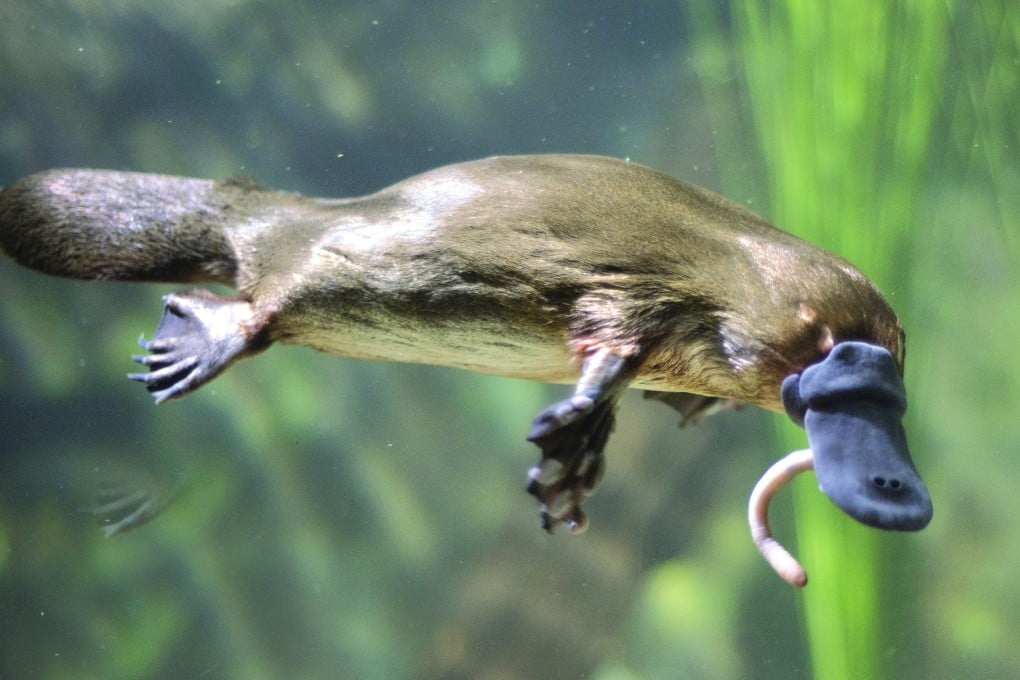Before marsupials, Australia ‘was a land of furry egg-layers’, scientists find
- Researchers say the discovery of several new monotreme species in one small area suggest a complex family tree stretching back millions of years
- Australia’s native platypus and the echidna are the only surviving descendants of the species described by a new study published on Monday

Research by a team of Australian scientists described six species of monotremes, including three new ones, all living in the same area of New South Wales.
The three newly described species are from opalised jaws found in the Lightning Ridge opal fields on the Queensland-New South Wales border dating back to the Cenomanian Age of the Cretaceous Period, between 102 million to 96.6 million years ago.
Monotremes are egg-laying mammals. Australia’s native platypus and the echidna are the only surviving descendants of the species described by the new study.
“There are six species of monotremes, including the three newly described here, within the Cenomanian Lightning Ridge fauna of New South Wales making it the most diverse monotreme assemblage on record,” said Matthew McCurry, curator of Palaeontology at the Australian Museum.
“Four species are known from a single specimen, suggesting that diversity remains under-represented. This discovery adds more than 20 per cent to the previously known diversity of monotremes.”